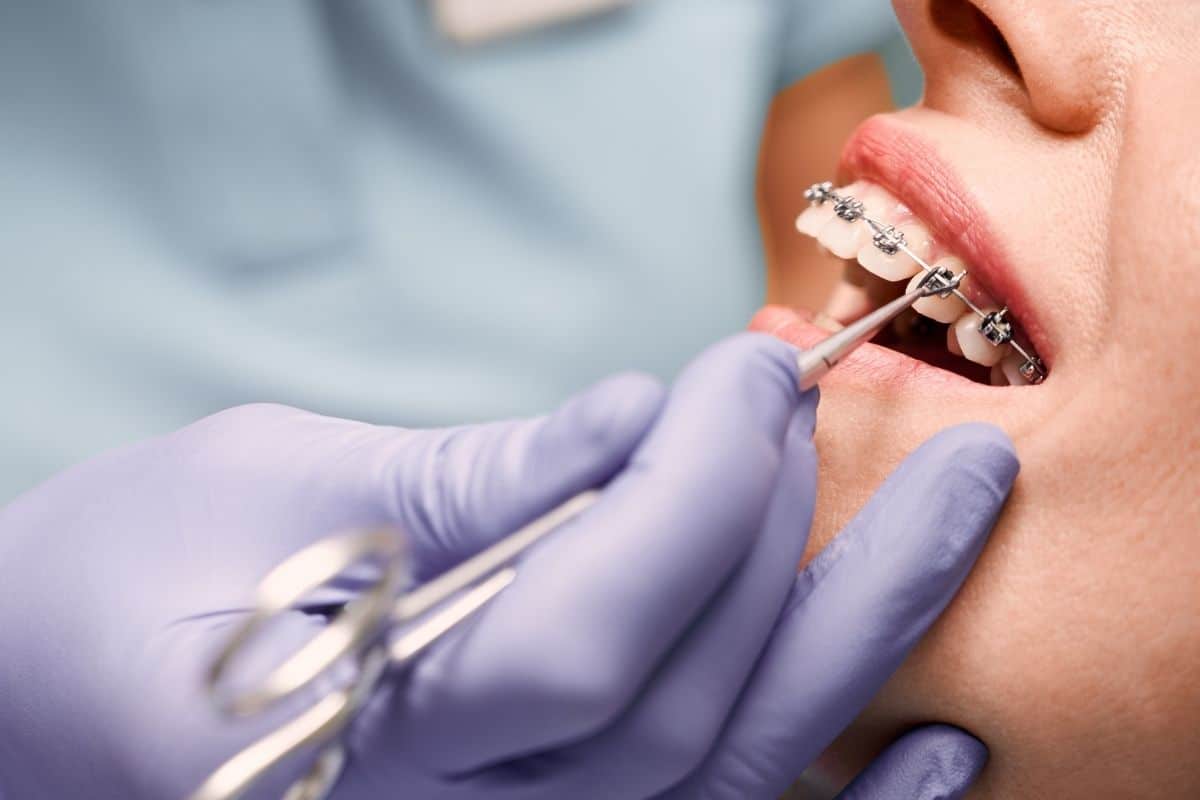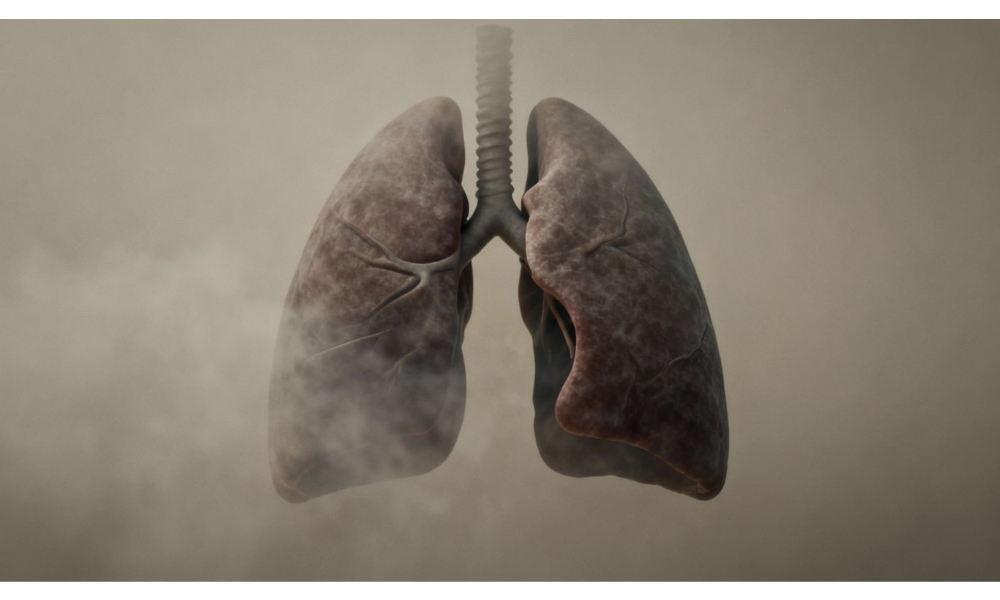Speech disorders may have a great influence on the communication of a person and can influence the levels of self-confidence, the ability to communicate with people, and even perspectives in academic or working life. Although, in most cases, a first solution is the speech therapy, orthodontic treatment is also important to resolve structural problems in the mouth that can cause speech difficulties. Missing or crooked teeth or misshapen jaws may disrupt the spontaneous operation of the tongue and the lips and the air supply that is expected during clear speech.
For those patients seeking professional treatment in Nevada, D’Ascoli Orthodontics has been the most preferred Carson City Orthodontist that specializes in making functional and healthy smile. Patient-First philosophy, coupled with the lengthy experience of the clinic in the sphere of sophisticated orthodontic methods, made the clinic famous due to its individualized approach and complex perception of the role of bite alignment, both in aesthetics and functionality, including speech.
Typical Speech Problems Associated with the Dental Alignment
There is some speech disorders almost interconnected with malocclusions (misaligned teeth or jaws).
Typical ones are:
- Lisps: The tongue is unable to reach the roof of the mouth or the front teeth properly and this alters s or z.
- Articulation problems -Problems with the position of the teeth, i.e. overbites, underbites, or open bites, may influence the sound production process, leading to poor pronunciation.
- Mumbling or slurred speech– Misaligned jaws can affect the position of the tongue and may affect how the mouth shuts making speaking less clear.
- Whistling noise– Spaces in between teeth may cause unexplained whistling when speaking.
Orthodontic care has the ability to rectify all these physical problems enabling the muscles of the mouth to perform better enabling more distinct articulation.
Benefits of Orthodontic Treatment
The position of teeth and jaws is changed with the use of braces, aligners, palatal expanders, and others which gradually shift positions. When the bite is aligned, orthodontists are able to enhance a more pleasing speech-producing environment.
For example:
- Braces have the ability to bridge the gaps between the teeth that would cause lisps or whistling.
- Correction of the jaw adjustment may enhance articulation and eradicate excess efforts when articulating.
- Early intervention in children can guide oral development, reducing or preventing long-term speech challenges
- Orthodontic treatment works in synch with speech therapy as it provides the patients with both structural support and directions on correcting the speech.
When to Consider Orthodontic Evaluation?
An orthodontic checkup could be useful to a child or adult who has chronic speech problems, even when they have seen a speech therapist.

Indications that malocclusion could be involved in the speech issues are:
- Speech articulation complications
- Slow development of talking in children
- Mouth breathing or tongue thrusting regularly
- The puckering of facial muscles or abnormal jaw movements when speaking
The orthodontists are able to combine their efforts with speech-language pathologists to offer a comprehensive treatment protocol that is specific to the individual needs of the patient in terms of structure and functional requirements.
Conclusion
The effects of the speech disorders can be devastating yet in most incidences the speech disorders are more than a language-related issue, the problem lies in the internal organization of the mouth and the jaw. By treating these underlying problems, orthodontic treatment provides a way to enhanced clarity, confidence, and comfort.





